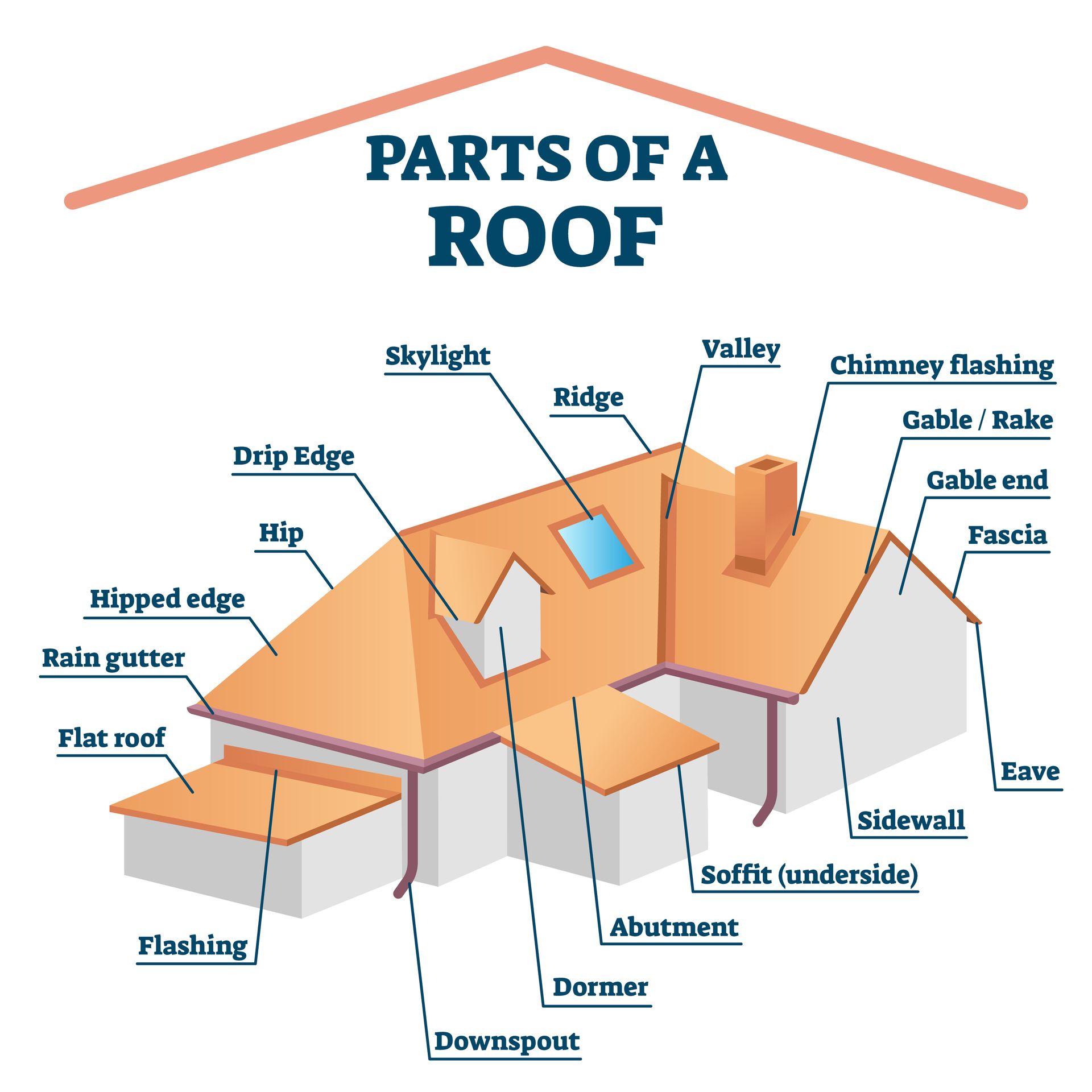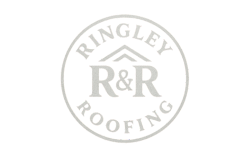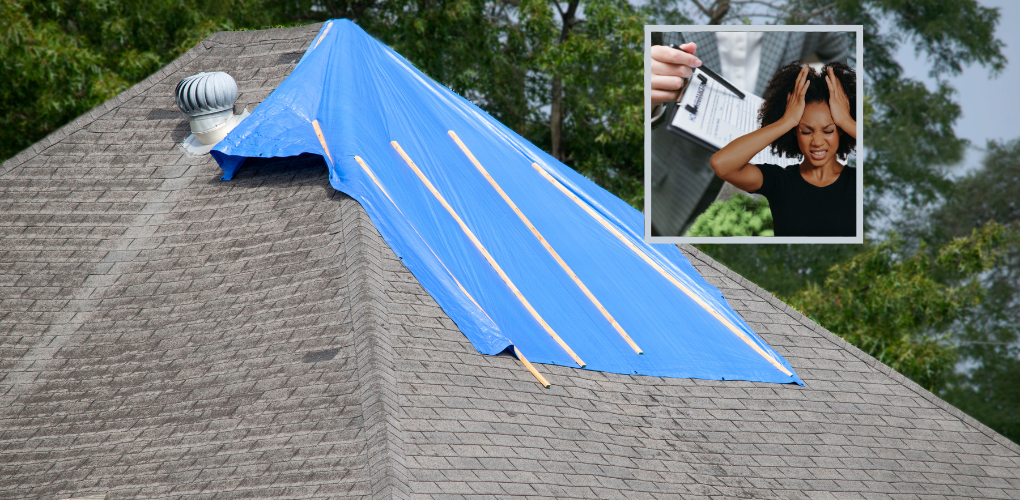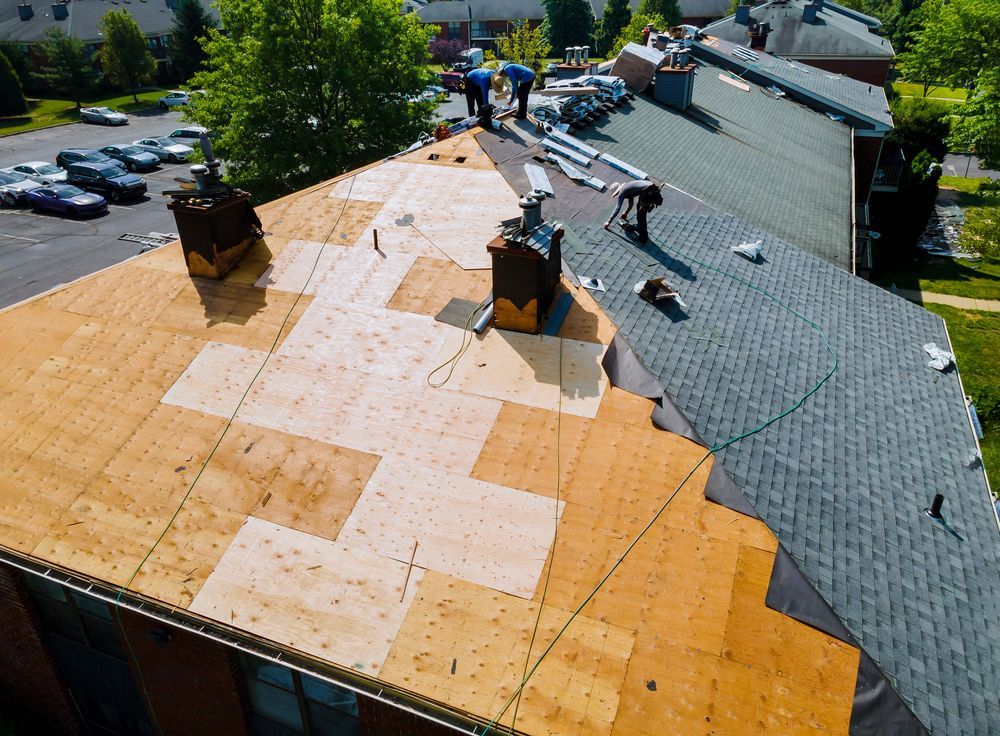Understanding the Parts of Your Roof and Why They Matter

Most homeowners don’t think much about their roof—until something goes wrong. But your roof is more than just shingles. It’s a layered system that works together to protect your home from weather, pests, and water damage.
Whether you’re dealing with a repair, planning a replacement, or just want to understand your home better, here’s a breakdown of the key parts of a roof—and why they all matter.
The Basic Structure of a Roof
Let’s start with the bones of the roof before moving to the layers that sit on top.
1. Rafters or Trusses
- These are the internal framework—the skeleton of your roof.
- Rafters are sloped beams, usually made of wood, that support the roof deck.
- Trusses are pre-engineered structures that offer more support and are commonly used in modern construction.
Why it matters:
Without strong rafters or trusses, your roof can sag or collapse under weight (like heavy snow or debris). They're critical to the shape and strength of your entire roofing system.
2. Roof Deck (or Sheathing)
- Usually made of plywood or OSB (oriented strand board).
- Attached directly to the rafters or trusses.
- This is the surface all other roofing materials sit on.
Why it matters:
It’s the foundation of your roof. If the deck is damaged (like from a leak), the entire roof system is at risk.
The Layers That Protect Your Home
Now that the frame is in place, let’s look at what covers it.
3. Underlayment
- A water-resistant or waterproof barrier installed on top of the roof deck.
- Common materials include felt or synthetic sheets.
Why it matters:
If water sneaks past your shingles (and it can), the underlayment catches it before it damages the deck or leaks into your home.
4. Shingles (or Roof Covering)
- This is what you see from the street—typically asphalt shingles, metal panels, tile, or slate.
- Acts as the first line of defense against rain, snow, sun, and wind.
Why it matters:
Shingles are your roof’s outer armor. Good-quality shingles, installed correctly, can last 20–50 years depending on the material.
5. Flashing
- Thin metal strips (usually aluminum or steel) placed around roof features like chimneys, vents, and valleys.
- Seals the spaces where water might otherwise enter.
Why it matters:
Flashing protects vulnerable areas from leaks—think of it as the roof’s waterproof tape.
The Finishing Touches (That Make a Big Difference)
These parts may not be as obvious, but they play important roles in ventilation, drainage, and appearance.
6. Ridge Cap
- Special shingles or covers placed along the peak (ridge) of your roof.
- They provide the finishing seal at the highest point.
Why it matters:
A solid ridge cap prevents water from getting in at the very top of your roof—where wind-driven rain often hits.
7. Ventilation
- Includes ridge vents, soffit vents, gable vents, or mechanical vents.
- Allows air to flow in and out of the attic space.
Why it matters:
Proper ventilation prevents heat and moisture buildup in your attic, which can damage insulation, warp decking, and shorten your roof’s lifespan.
8. Soffit and Fascia
- Soffit is the underside of the roof overhang.
- Fascia is the vertical board where the gutter is attached.
Why it matters:
These parts seal the roof edges, keep pests out, support ventilation, and give your roof a clean, finished look.
9. Gutters and Downspouts
- Channels that carry water off the roof and away from your home’s foundation.
Why it matters:
Without proper drainage, water can pool around your foundation, cause basement flooding, or rot siding and trim.
Common Question:
Do I really need to worry about all these parts if my roof looks fine from the outside?”
Yes—because looks can be deceiving. Your shingles might look okay, but if your flashing is loose or your ventilation is poor, problems could be brewing underneath. Small issues that go unnoticed can lead to expensive repairs down the road.
Why It’s Important to Understand Your Roof
Your roof is a system. Every layer and part has a job to do, and when one fails, it can cause a domino effect. Here’s why it pays to know what’s up there:
- You’ll spot problems early. If you notice peeling flashing or clogged soffit vents, you can fix it before bigger issues start.
- You can ask the right questions. Whether you're hiring a roofer or dealing with insurance, it helps to speak the same language.
- You’ll protect your investment. Your roof is one of the most expensive parts of your home to replace. A little knowledge goes a long way.
Your roof is more than just a layer of shingles—it's a system of parts working together to protect your home. From the trusses underneath to the ridge cap up top, every piece plays a role. By understanding how it all works, you can keep your roof in top shape for years to come.
How often should I have my roof inspected?
Ideally once a year, and after major storms. Regular checks can help catch minor issues before they become major repairs.
Can I inspect the roof myself?
You can do a visual inspection from the ground or attic, but it’s safest to leave detailed inspections (especially on steep roofs) to professionals.




